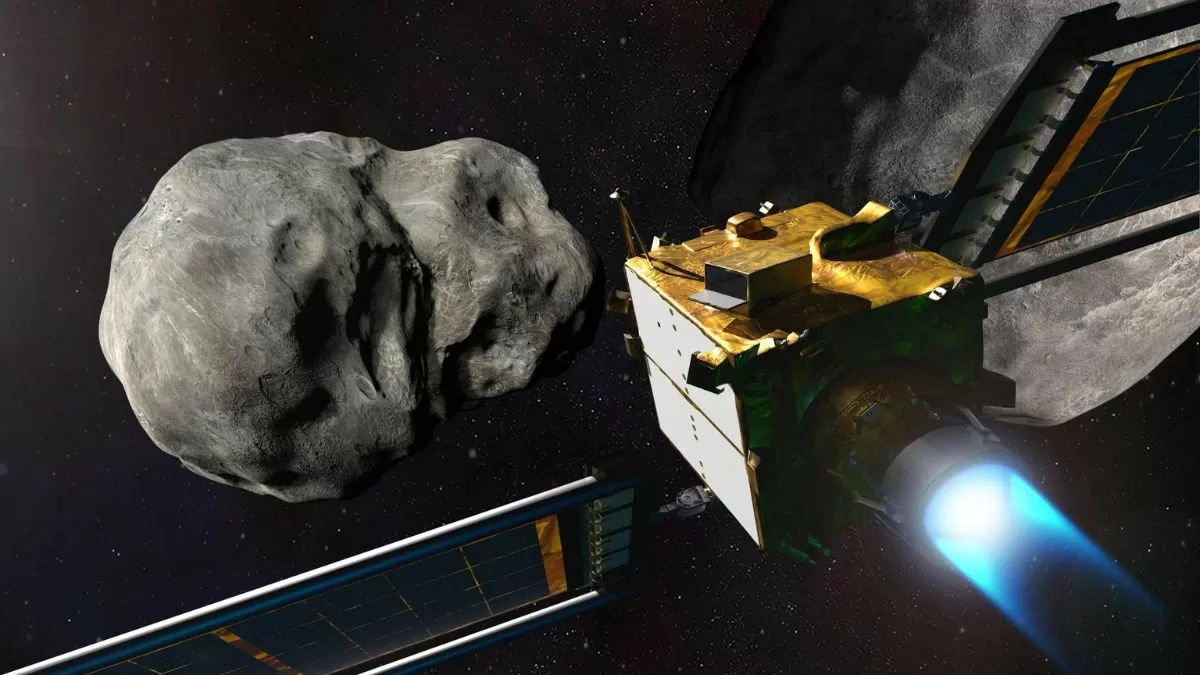NASA and international scientists have been closely monitoring asteroid 2024 YR4, which initially showed a rare 3 percent collision probability with Earth. This alarming news has captured the attention of the world and has sparked discussions about the importance of asteroid surveillance, open data, and upcoming space missions like NEO Surveyor.
The asteroid, which was first discovered in 2004, has been classified as a Near-Earth Object (NEO) due to its close proximity to our planet’s orbit. With a diameter of approximately 200 meters, it is considered a medium-sized asteroid and could potentially cause significant damage if it were to collide with Earth. However, thanks to the diligent efforts of NASA and international scientists, the threat has now diminished.
The initial collision probability of 3 percent was calculated based on the asteroid’s trajectory and size. However, as more data was collected and analyzed, the probability decreased significantly. This is a testament to the advanced technology and expertise of NASA and its international partners in tracking and predicting the movements of asteroids.
The incident with asteroid 2024 YR4 serves as a reminder of the importance of asteroid surveillance. These space rocks have the potential to cause catastrophic damage to our planet, and it is crucial to have a system in place to detect and track them. NASA’s Near-Earth Object Program has been doing just that since its establishment in 1998. Through ground-based telescopes and space-based observatories, the program has been able to identify and track thousands of NEOs, including asteroid 2024 YR4.
But it’s not just about tracking these asteroids; it’s also about sharing the data with the public and the scientific community. NASA has a long-standing policy of making all of its data and research available to the public. This open data approach not only promotes transparency but also allows for collaboration and innovation. In the case of asteroid 2024 YR4, the data collected by NASA and its partners has been crucial in accurately predicting its trajectory and diminishing the threat it posed to Earth.
The incident has also highlighted the need for more advanced and dedicated space missions like NEO Surveyor. This upcoming mission, set to launch in 2026, will be solely focused on detecting and tracking NEOs. It will use advanced infrared technology to detect and characterize these objects, providing vital information for future mitigation efforts.
NEO Surveyor is just one of the many initiatives taken by NASA and its partners to enhance our understanding of asteroids and their potential impact on Earth. The agency has also collaborated with other space agencies to launch missions like the Asteroid Impact and Deflection Assessment (AIDA) mission, which aims to test methods for deflecting an asteroid’s trajectory.
The incident with asteroid 2024 YR4 has also sparked discussions about the need for a planetary defense system. While the chances of a catastrophic asteroid impact are low, it is essential to have a plan in place to mitigate the potential threat. NASA’s Planetary Defense Coordination Office is responsible for developing and implementing strategies to protect Earth from potential asteroid impacts.
In conclusion, the incident with asteroid 2024 YR4 has highlighted the importance of asteroid surveillance, open data, and upcoming space missions like NEO Surveyor. It serves as a reminder that we must continue to invest in advanced technology and collaborate with international partners to track and understand these space rocks. With NASA’s dedication and expertise, we can continue to monitor and protect our planet from potential asteroid impacts.

